A recent article titled Ancient Egyptian Pharaoh May Be the 1st Known ‘Giant,’ published in Live Science on August 4th, revealed that 3rd Dynasty Pharaoh Sa-Nakht, excavated from Wadi Maghareh (located in the Sinai Peninsula region), was a so-called “Giant” – the first known giant ruler of ancient Egypt.

He was 5 inches taller than the robust Ramses II, and 8 inches taller than average man for that time. Although he was only 6ft 1.5in tall, this caused a media sensation, but please note that I am the same height as this ‘giant’!

Throughout Egypt’s past there have been numerous examples of much taller giants reported, excavated, depicted in art, and mummified examples that have been hidden from the public. We have uncovered accounts ranging from between seven feet (2.13 meters) and sixteen feet (4.88 meters) tall.
Painstaking research of archaeological records, archaic texts, newspapers, and analysis of depictions of hieroglyphs and Egyptian art has started to shed some light on this phenomenon.

Did Giants Build the Great Pyramid?
The ruling elite of prehistoric Khemit were always seen as super-humans, some with elongated skulls, others said to be semi-spiritual beings, and some described as giants. An archaic legend recounts that the Giza Pyramids may have been built by a race of giants.
It was shared in a lecture by occultist and Freemason Manly P. Hall (probably recorded in the 1980s) and giantologist Kristan T. Harris put it out on a Youtube video. It was originally part of a lecture titled Atlantis and the Gods of Antiquity.

The massive casing stones of the Great Pyramid. In 832 AD the entire pyramid was still covered with them. (Author provided)
It is true that in 832 AD Al-Ma’mun traveled to Egypt and was the first ‘excavator’ of the Great Pyramid, at a time when it was completely encased in white limestone blocks. Who the Sheddai are is another mystery, but could be referring to another name of the Shemsu Hor, or ‘Followers of Horus’. It could also refer to Shaddād bin ‘Ad (King of Ad), who was believed to be the king of the lost Arabian city of Iram of the Pillars, an account of which is mentioned in Sura 89 of the Qur’an. He is sometimes referred to as a giant.

The ‘entrance’ to the Great Pyramid that was entered in 832 AD. (Olaf Tausch/CC BY 3.0)
The Giants of ‘Ad and Megalithic Construction in Egypt
The Akhbār al-zamān, also known as The Book of Wonders (ca.900 – 1100 AD), is an Arabian compilation of medieval lore about Egypt and the world before the Great Flood. It claims that the people of ’Ad were giants, so Shaddad was most likely one, and it is said he “ built the monuments of Dahshur with the stones that had been carved in the time of his father.” Before this, the giant Harjit had begun its construction.
At a later date, Qofṭarīm, another giant, “ placed secrets in the pyramids of Dahshur and other pyramids, to imitate what had been done of old. He founded the city of Dendera.” Dashur consists of the Red Pyramid and Bent Pyramid constructed during the reign of Pharaoh Sneferu (2613-2589 BC). Dendera consists of highly decorated pillars dedicated to the Goddess Hathor.

The Red Pyramid and Bent Pyramid of Dashur, with the author standing in front. Photos by Hugh Newman.
The text goes on to say that Naqraus, the first king of Egypt (after the flood), with his companions “ built monuments, erected high towers, and executed the wonderful works,” while the city of Memphis was the work of a later set of giants, who worked for King Misraim, another giant. Even later still it describes the work of more of these colossi: “ Adīm was a giant, with insurmountable strength, and the greatest of men. He ordered the quarrying of rocks and their transportation to build pyramids, as had been done in former times.”
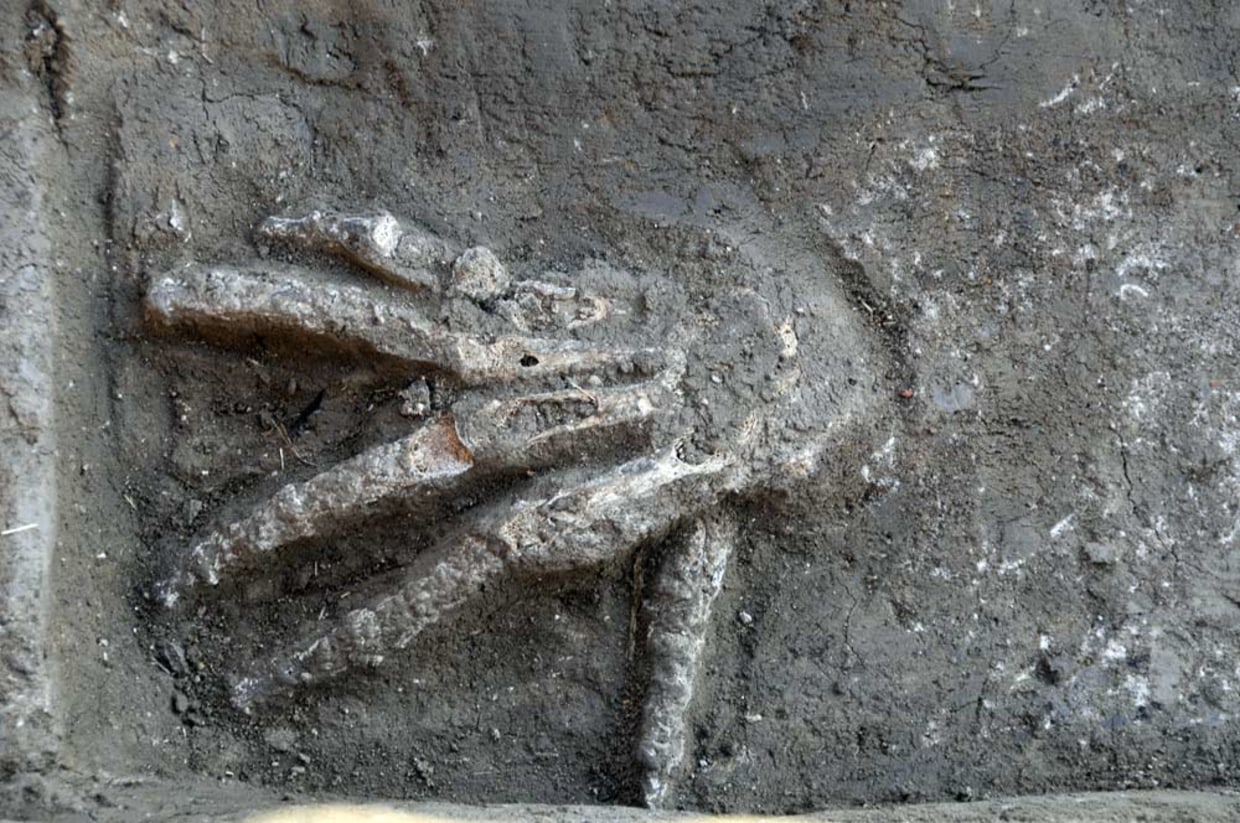
So what do we make of these stories? It does seem that Manly P. Hall was aware of this text and attempted to summarize it in his lecture. It is the opinion of the author that all ancient ‘lore’ is worth acknowledging as many of these traditions were relied on it to carry knowledge and wisdom through the generations.
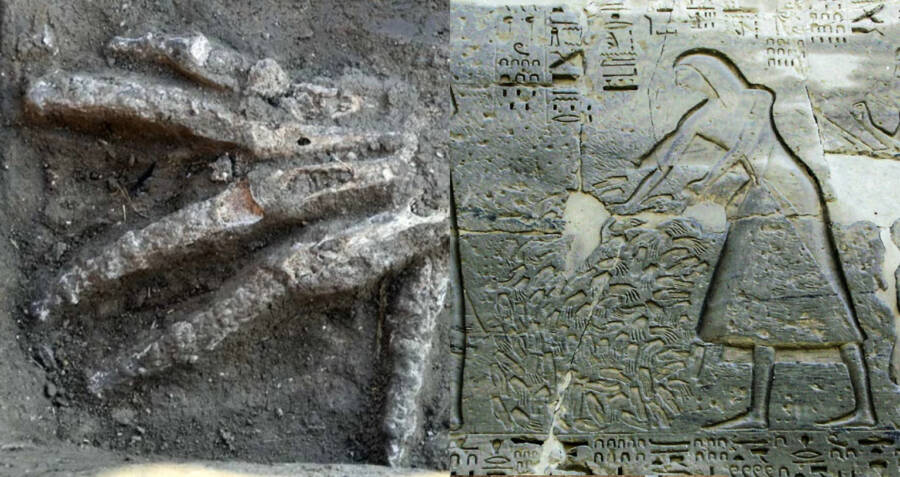
Were the ’The Followers of Horus’ Giants?
Professor Walter B. Emery (1903-1971) was the Egyptologist who excavated Saqqara in the 1930s and discovered Predynastic remains there. These had dolichocephalous skulls, larger than those of the local ethnic group, fair hair and a taller, heavier build.
Emery announced that this stock wasn’t indigenous to Egypt but had performed an important sacerdotal and governmental role in the country. This group kept its distance from the common people, blending only with the aristocratic classes and were thought to be part of the Shemsu Hor, the “disciples (or followers) of Horus.”

Early excavation at Saqqara showing a typical burial. (Egypt Exploration Society)
Giant Artifacts of the First Pharaoh
The first Pharaoh of Egypt (c.3150 BC) was called Menes (or Narmer), but is more famously remembered as “The Scorpion King.” There is no record of his stature, but he is depicted as being very tall on the famous Narmer Palette (c.3100 BC) and during his reign oversized artifacts were created and are now preserved in a museum in Oxford, England.

The Narmer Palette that shows the giant king defeating his enemies. c.3100 BC. (Public Domain)
In the central display cabinet, a strange object caught my eye as it clearly did not look Egyptian. The shape was exactly the same as an Australian Boomerang, so I read the information board and it described it as a “throwing stick.” The Australian-Egyptian connection is a fascinating area of research, as I have visited the Gosford Hieroglyphs north of Sydney that may indicate early contact between these cultures.
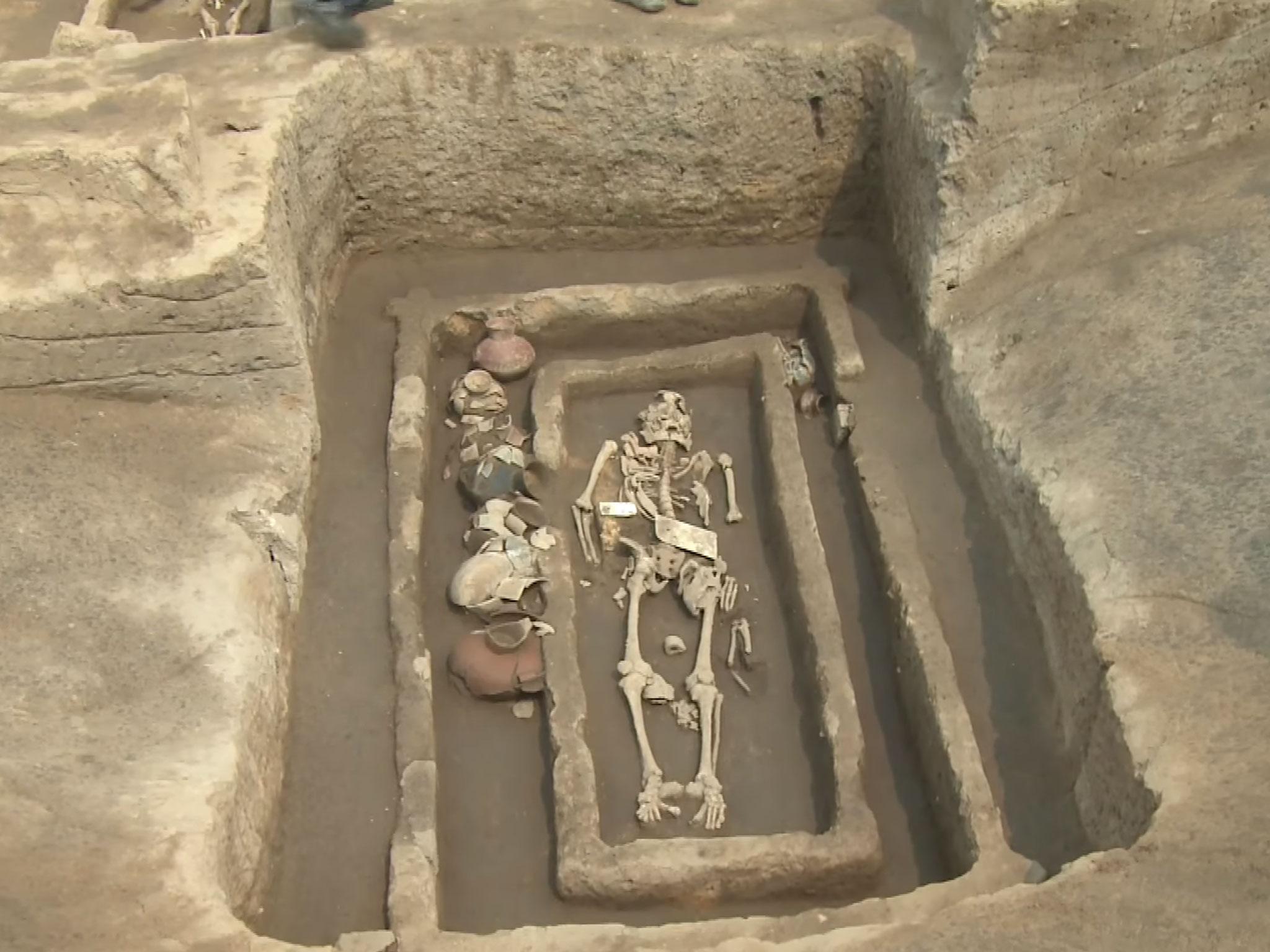
In the same glass case were some beautifully carved flint knives, but there was one so large I did not notice it at first, as it took up nearly the full width of the cabinet. It was at least ten times bigger than the others and it looked like it had been ‘used’ as a knife.
The information panel says it was “probably ceremonial” as that is the only way to explain its massiveness. It was discovered in Hierakonpolis, underneath the foundations of a later temple from the first dynasty. Why it was deliberately buried and hidden so thoroughly is unknown, but it was perhaps in a ceremonial way to honor the gods, who were quite possibly giants.

Oversized flint knife at the Ashmolean Museum said to be ‘ceremonial’. Photos by Hugh Newman.
In the opposite display case, some oversized mace-heads that were once in the possession of the legendary ‘Scorpion King’ caught my attention in the corner of the Antiquities of Egypt room. Again, they were described as ceremonial, but could they have been the correct size, designed for giant kings?

Limestone mace-heads that are oversized versions of the small stone weapons that were typical grave goods during the Predynastic period. They became symbols of the Egyptian elite by 3100 BC. Photos by Hugh Newman.
In Part II, Hugh goes on to consider the giant characters from Egypt, including Pharaohs who were 8 feet (2.44 meters) tall, (over two and a half feet taller than the norm and unusually lofty even by today’s norms), representations of giants, the over-sized sarcophagi and more reported giant skeletal finds.